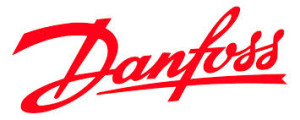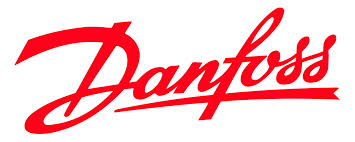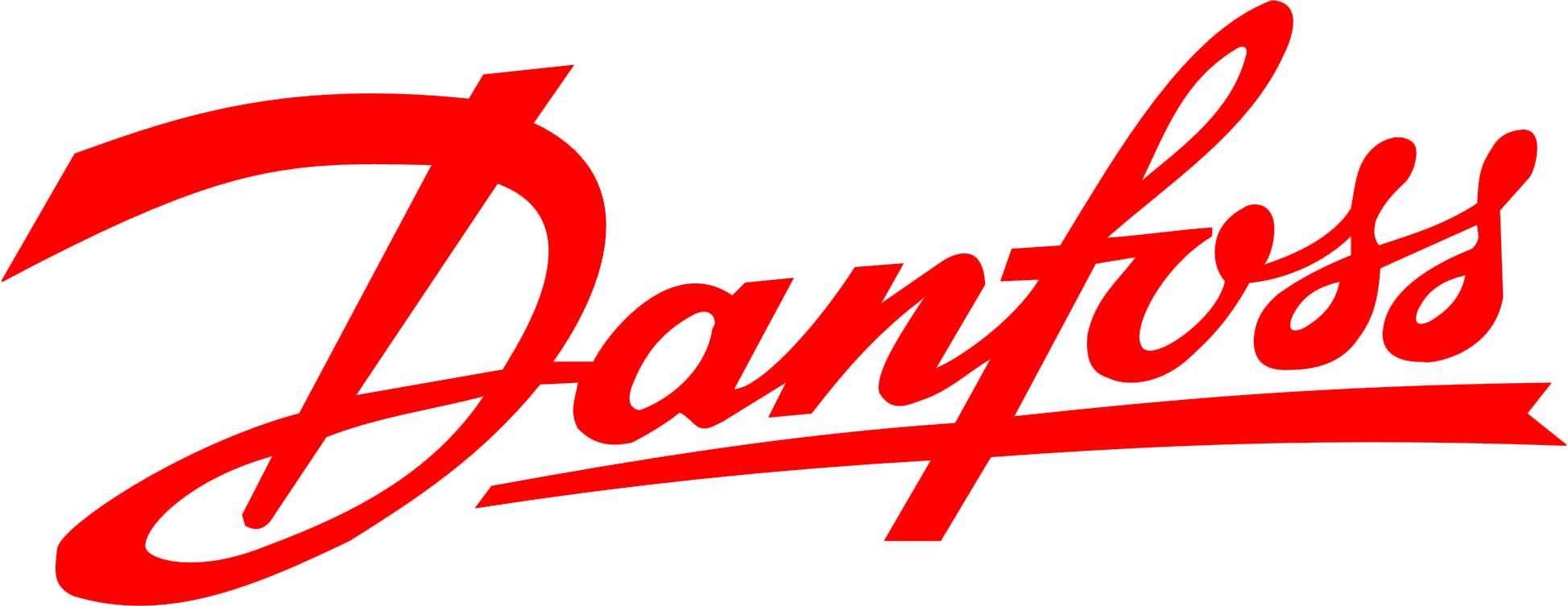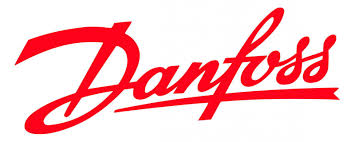On the occasion of Ozone Day, Danfoss India spreads awareness on what it takes to make the shift from artificial to natural refrigerants
 On the occasion of Ozone Day, time has come to retrospect one major challenge faced by the refrigeration and air conditioning industry worldwide which is the on-going pressure to accept Low Global Warming Potential (GWP) Refrigerants that have lesser impact on the environment.
On the occasion of Ozone Day, time has come to retrospect one major challenge faced by the refrigeration and air conditioning industry worldwide which is the on-going pressure to accept Low Global Warming Potential (GWP) Refrigerants that have lesser impact on the environment.
In the process of adhering to the guidelines set by the Montreal Protocol, developed countries widely use R410a refrigerant in air-conditioning as R22 has been phased out. However there are concerns over R410a’s higher GWP of 2100 Vs 1810 of R22. A safer alternative is CO2 which is favourable due to thermo physical properties.
Developments in CO2 technology have surprised many in the industry, and have, in some cases, disproved the notion that CO2 is thermodynamically unsuitable as a refrigerant. Rather, CO2’s favourable thermo physical properties support the use of the refrigerant. In certain applications, CO2 offers heat recovery capabilities, which can decrease emissions and energy bills by reducing heating costs.
Companies in India especially those which export to the EU should be aware of the F-gas regulation, especially the timelines and the bans it defines. Not all bans have yet to be clearly defined, but, despite most sectorial bans being some years away, the market is expected to begin reacting very soon.






